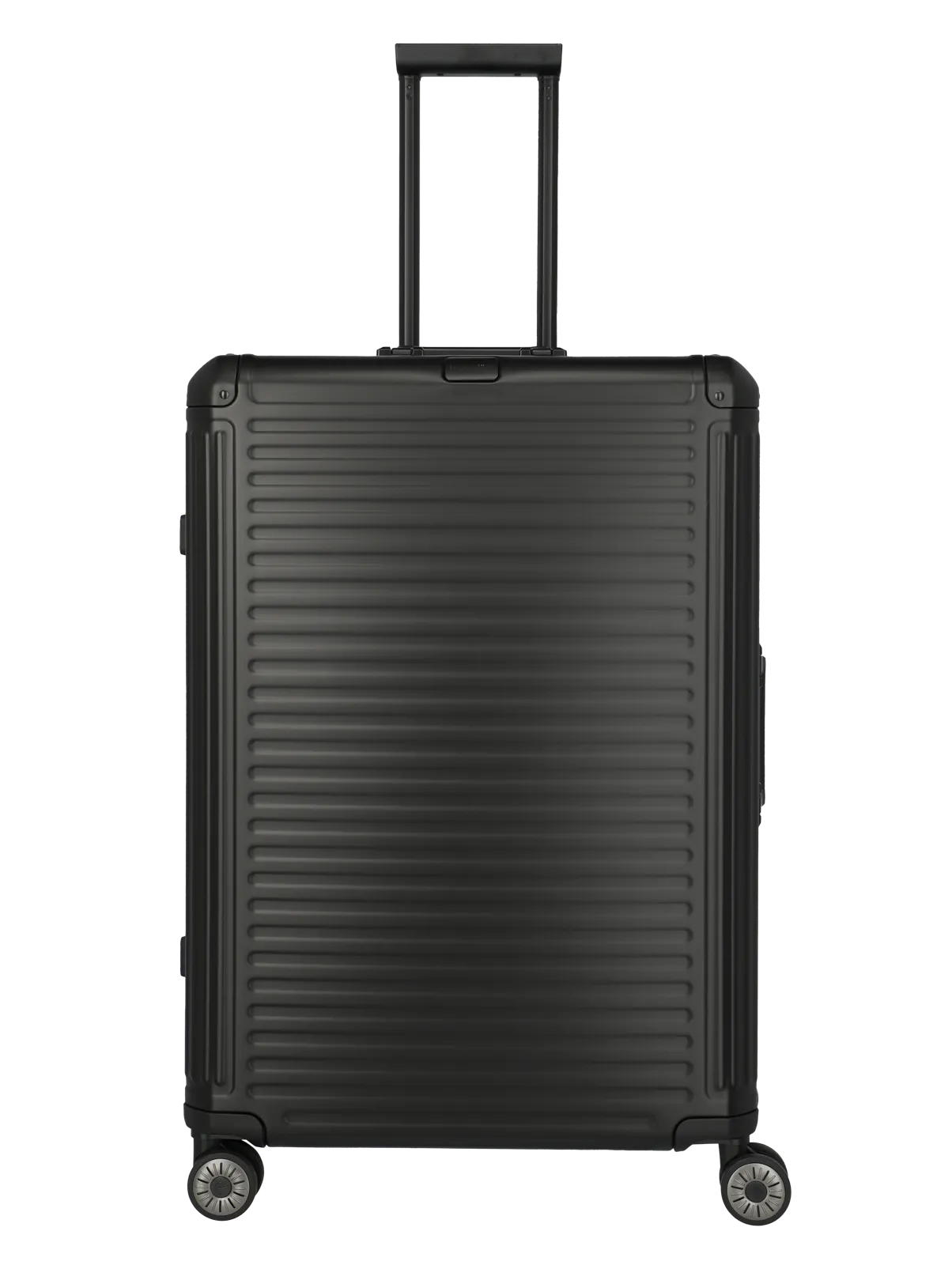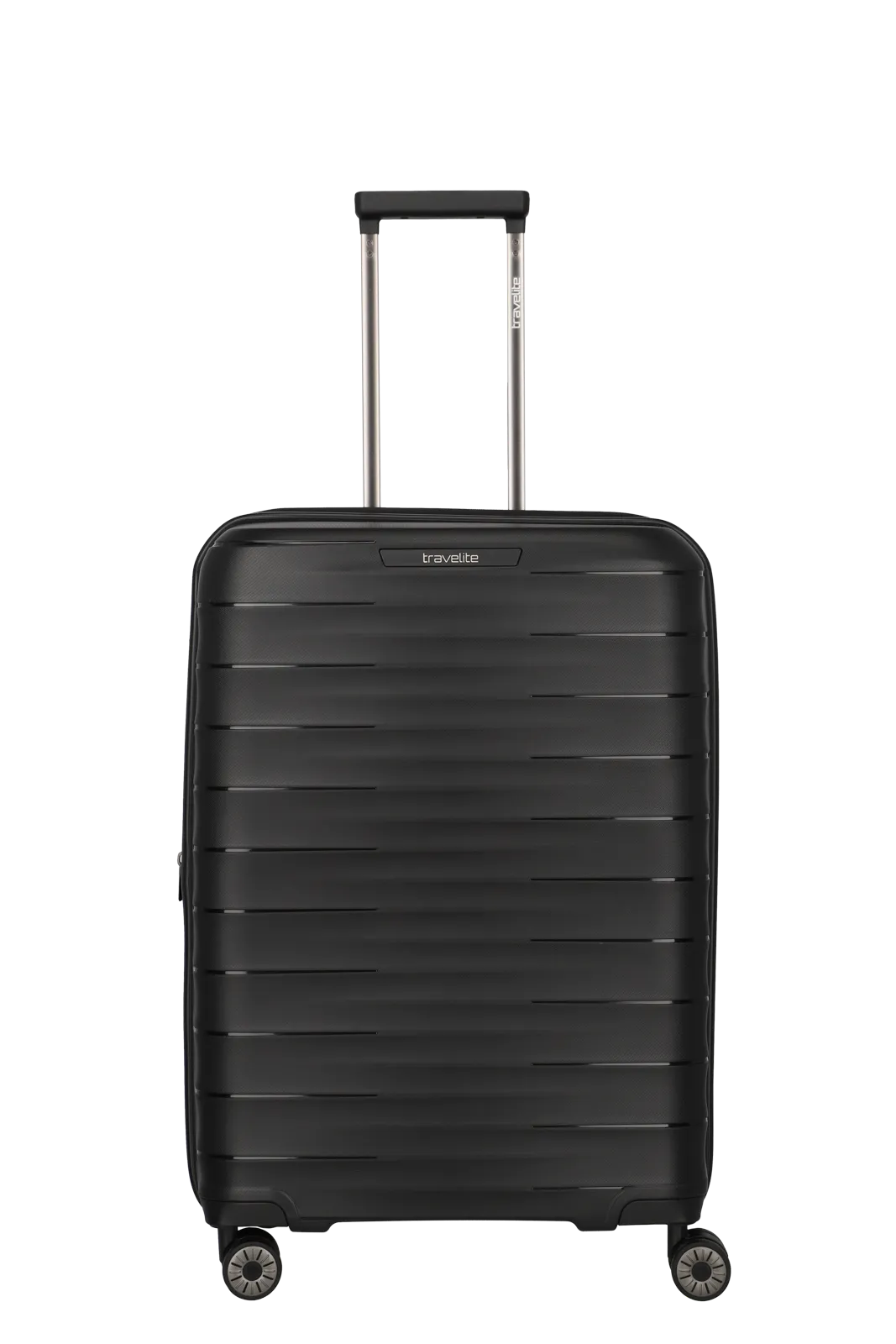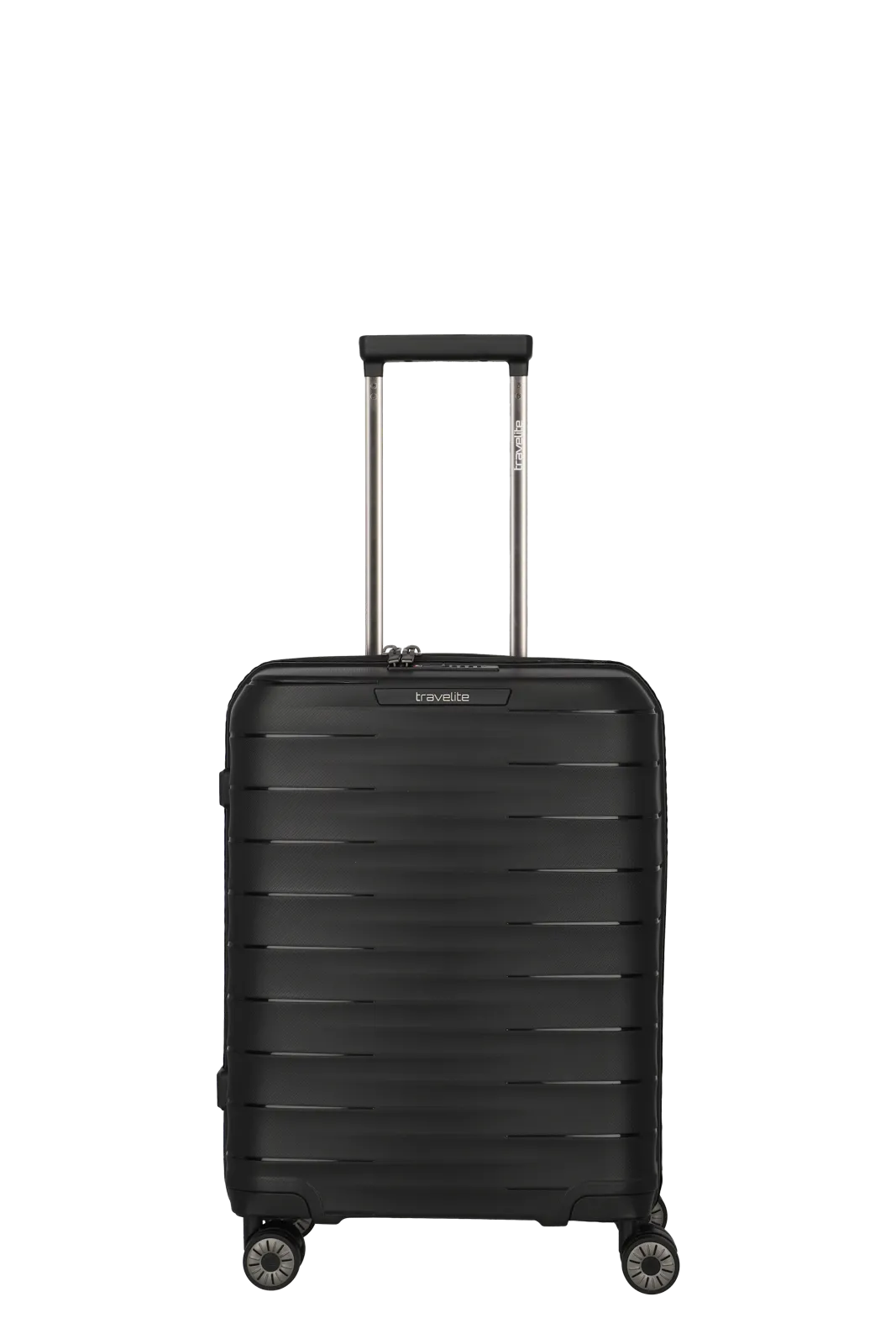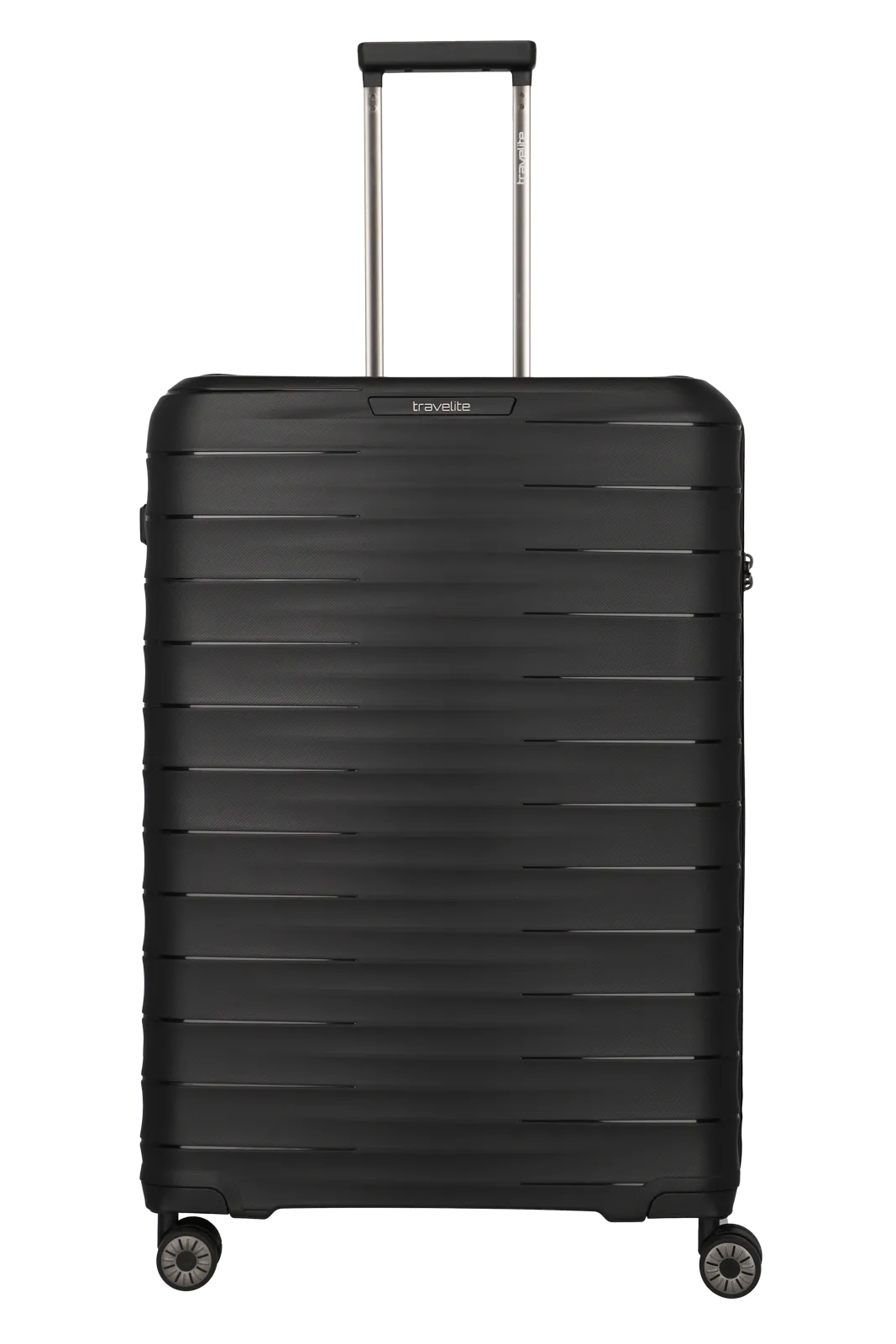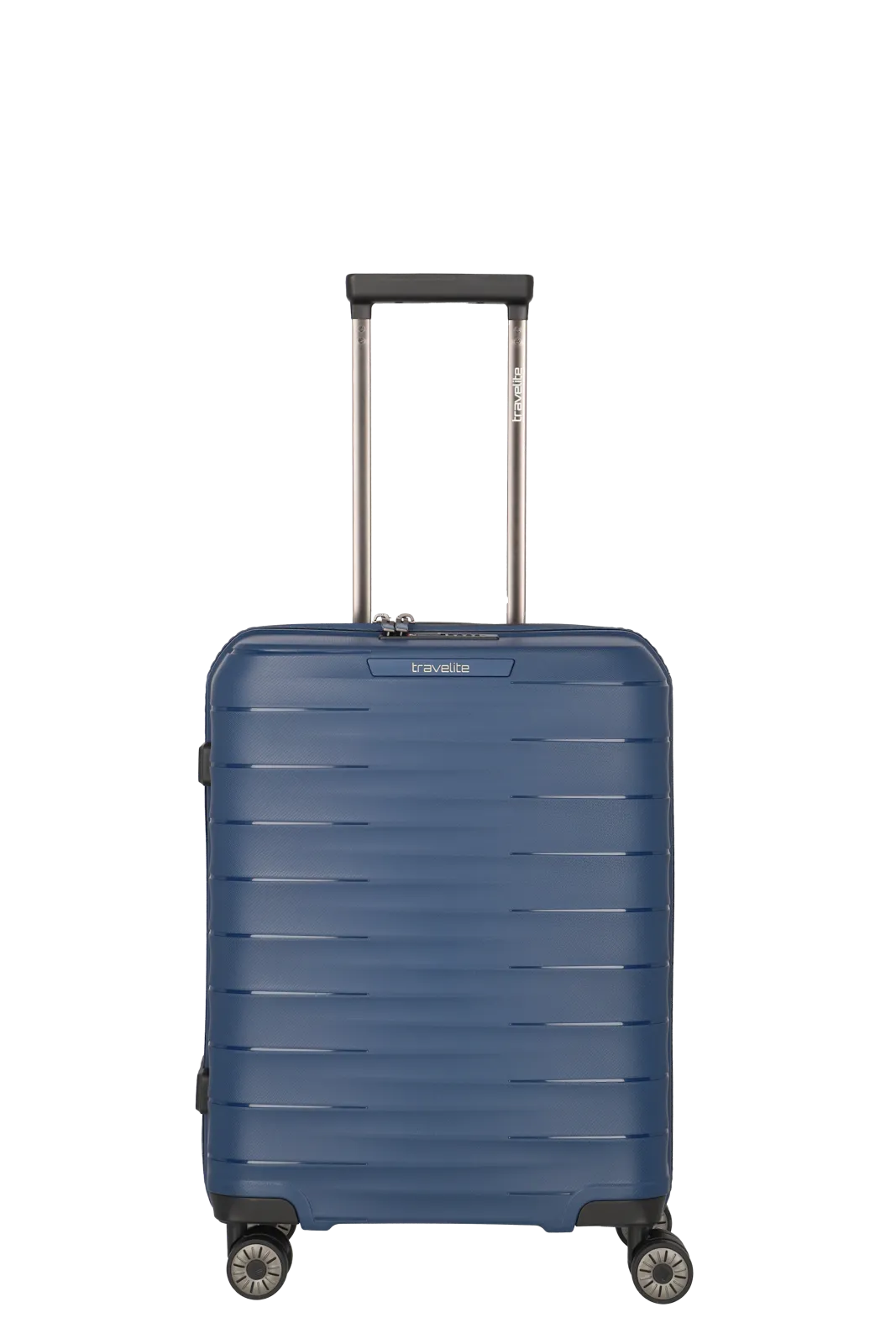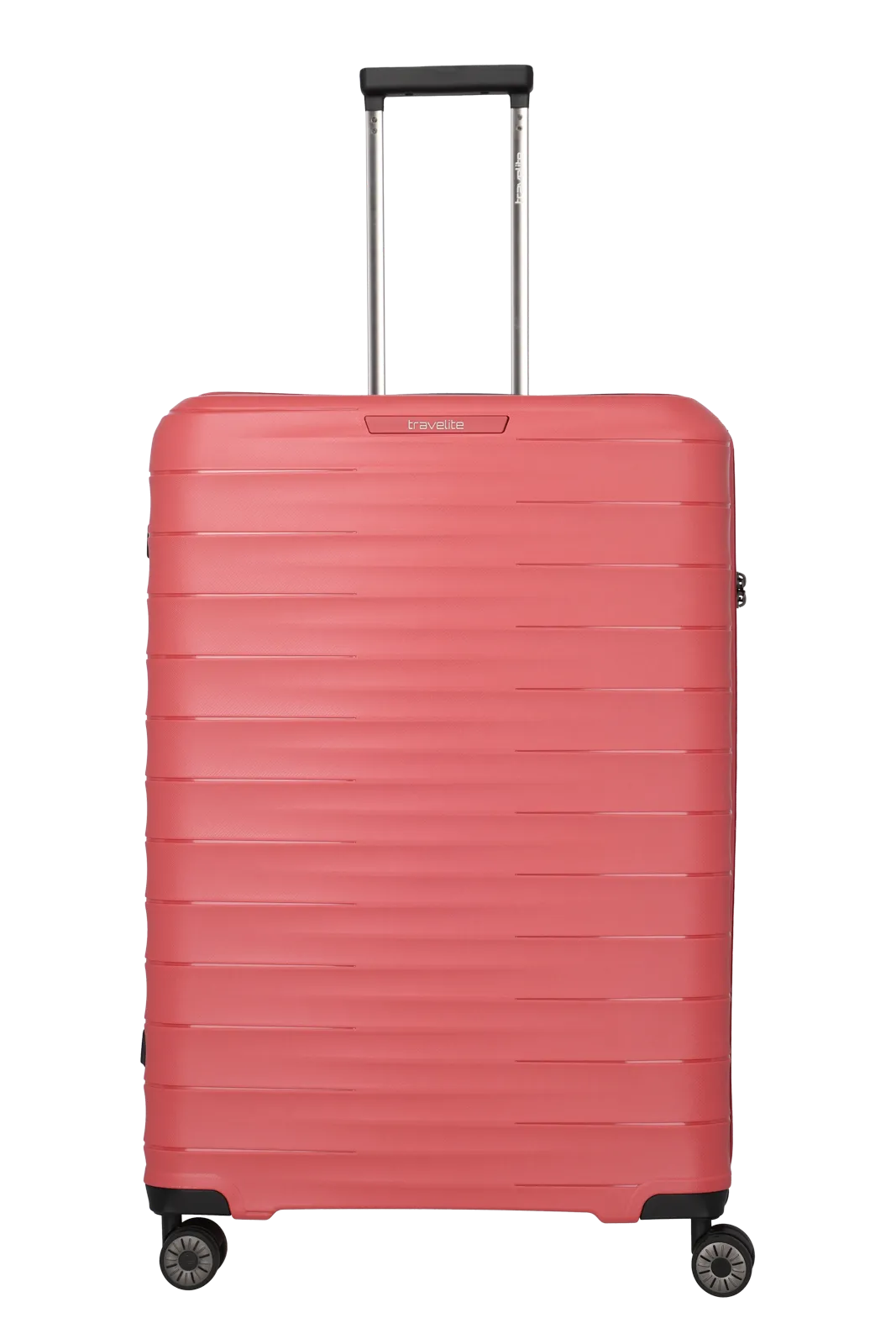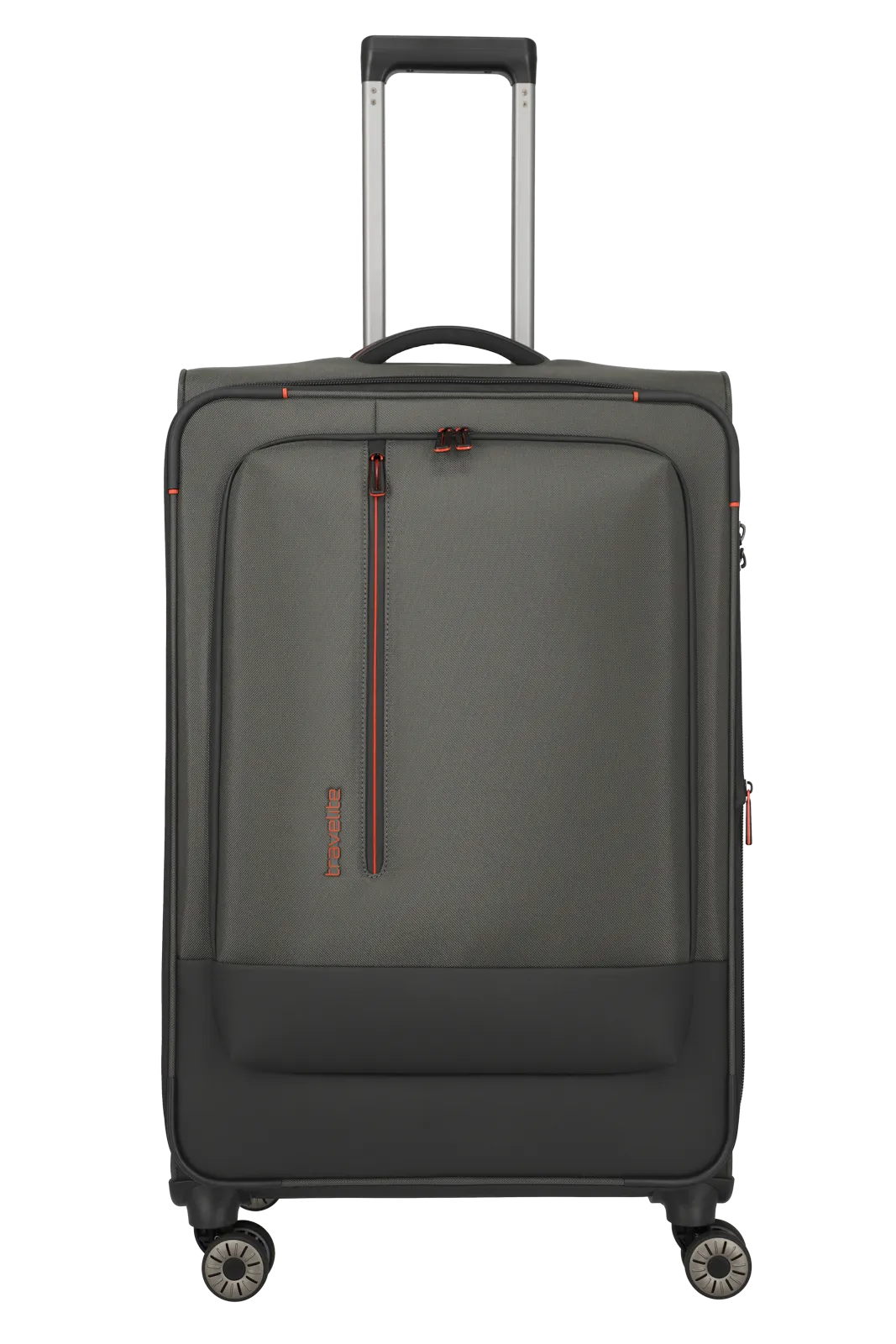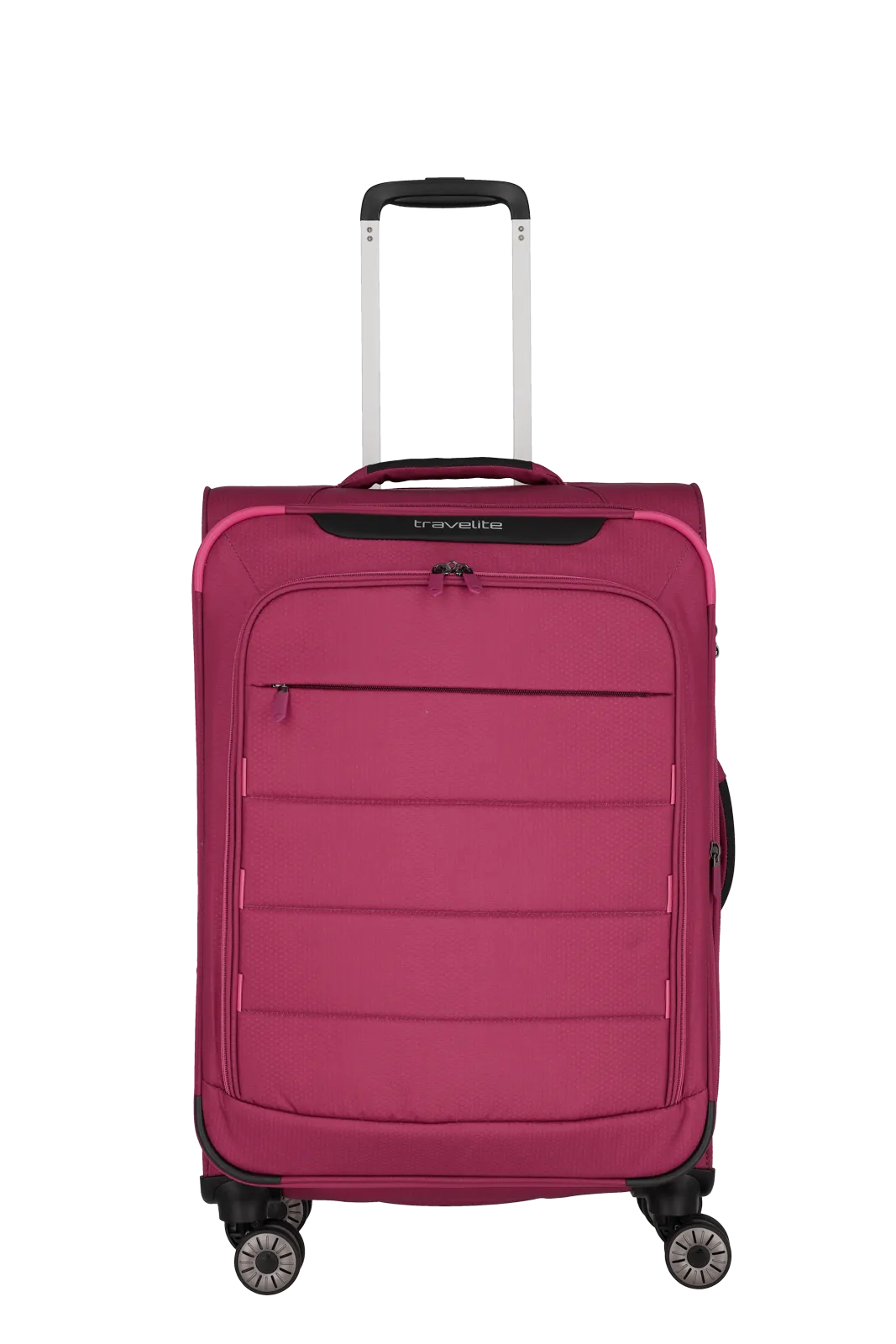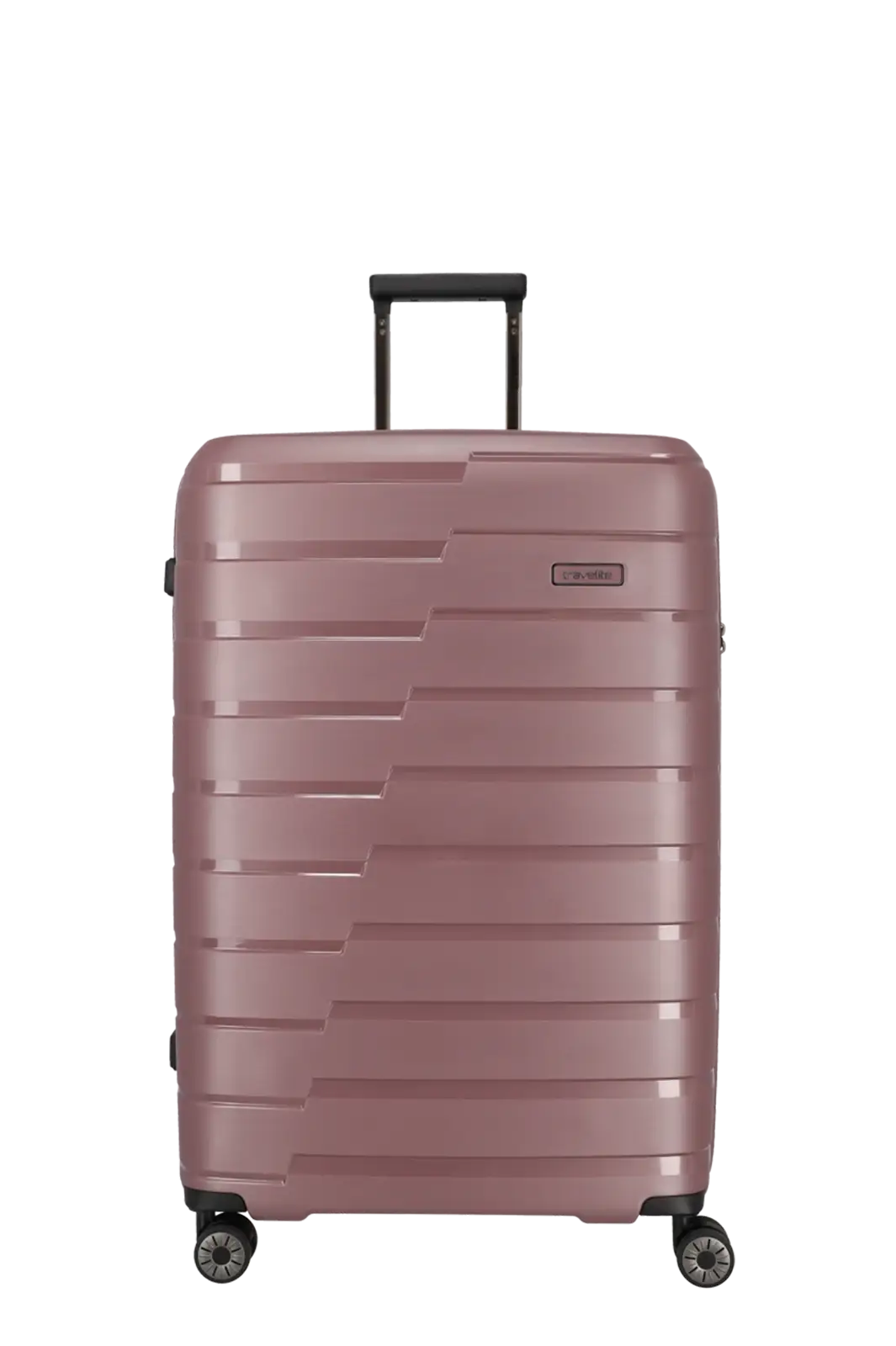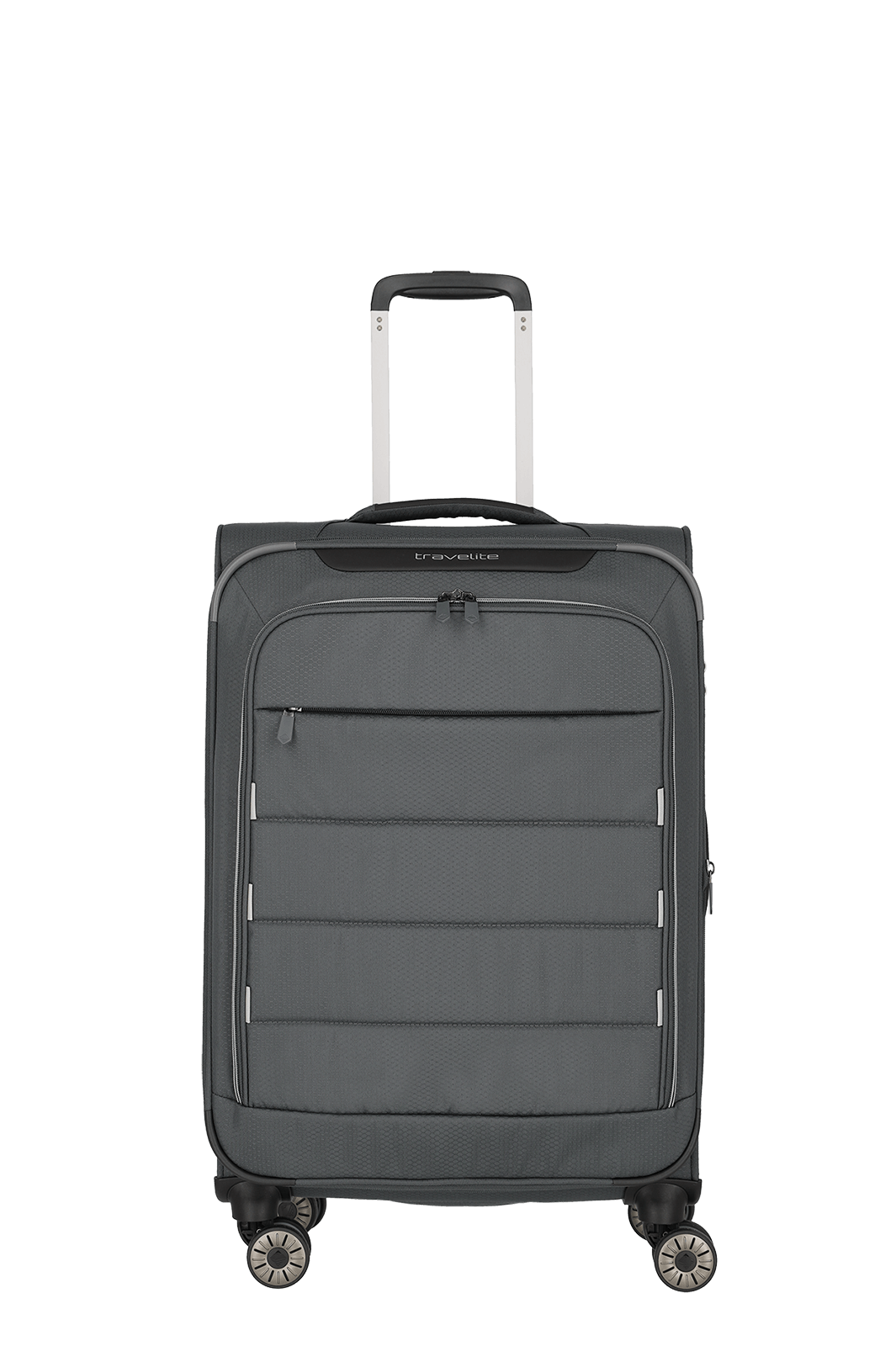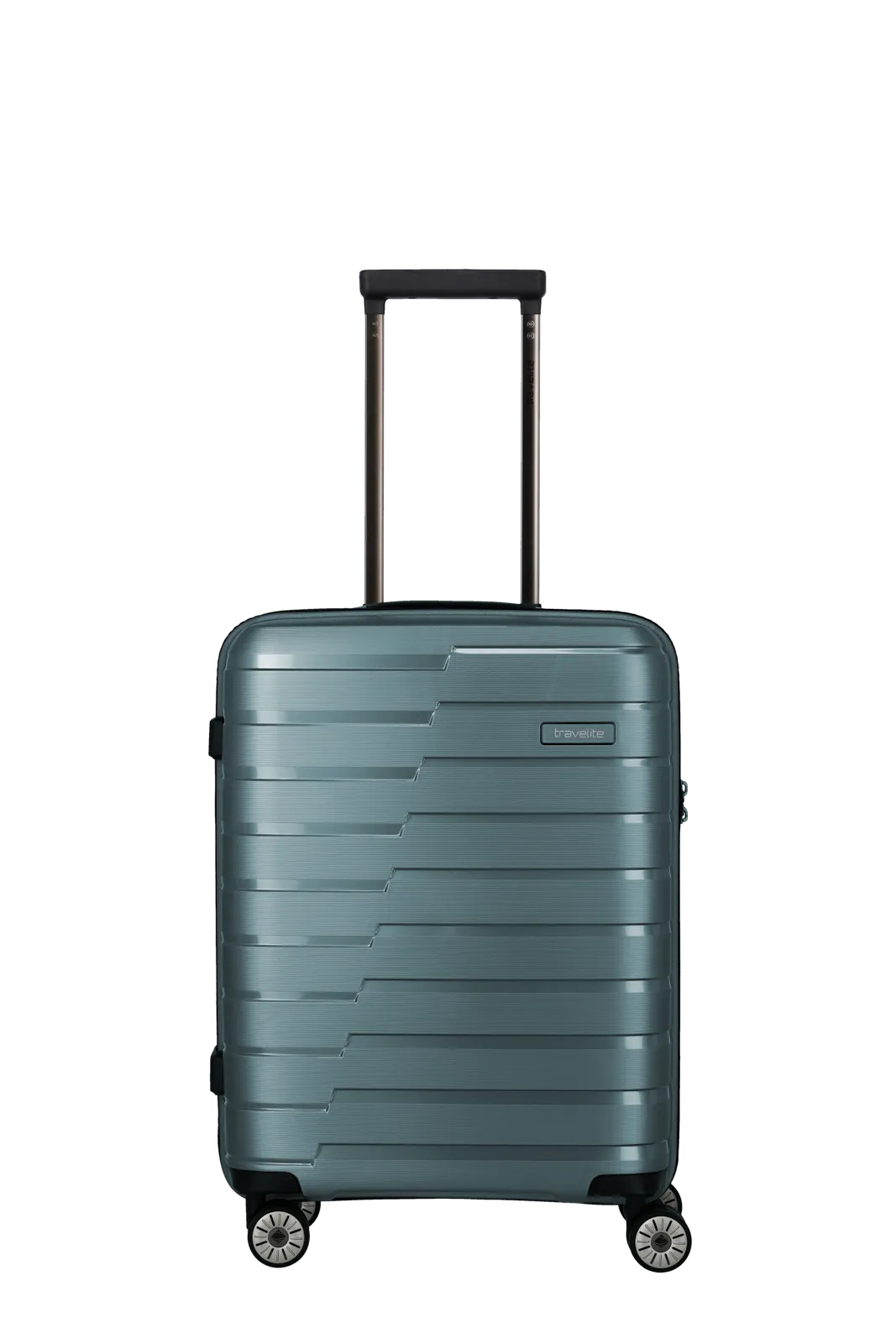

Tips for long car journeys: how to make your journey a pleasure
Tips for long car journeys: how to make your journey a pleasure
Long car journeys can be exciting and full of anticipation for the destination, but they also bring challenges - especially when the whole family is on board. Tiredness, boredom and discomfort can quickly dampen the mood. But don't worry, with the right tips for long car journeys, your journey will not only be more bearable, but also a real pleasure for the whole family. In this article, we share valuable advice to help you enjoy the journey in a relaxed and happy mood. From planning and catering to entertainment ideas - we'll show you how to get to your destination safely and happily. So buckle up, sit back and look forward to a great journey!
What you should bear in mind on long car journeys
Long car journeys can be a wonderful opportunity to discover new places, spend time with the family and get away from it all. But to make the journey enjoyable and stress-free, there are a few important things you should bear in mind. Here are the best tips to make your long car journey a relaxed and safe experience.
- Good planning is everything
Careful preparation is the key to a successful long car journey:
- Map out your route: use navigation systems and apps to find the best route and avoid traffic jams. Plan alternative routes in case there are traffic delays en route.
- Vehicle check: Check your car's tire pressure, oil level, brakes and lights before setting off. A well-maintained vehicle is safer and more comfortable.
- Plan breaks: Regular breaks are important to recover and maintain concentration. Plan a stop every two hours to get some fresh air and stretch.
- Comfort during the journey
During long car journeys, it is important that all passengers are seated comfortably:
- Correct seating position: make sure that the seat is correctly adjusted to ensure a safe and relaxed seating position. Children should travel safely in a child seat appropriate to their age, height and weight. For slightly older children who no longer need a child seat, there are, for example, suitable side sections for the headrests, which are also useful for longer journeys. This allows them to lean their head back and relax while enjoying the ride.
- Comfortable clothing: Wear loose and comfortable clothing that is not restrictive. This provides additional comfort during the ride.
- Neck and lumbar cushions: Use the neck and lumbar cushions to prevent tension and relieve back strain.
- Entertainment for the whole family
Long journeys can quickly become boring, especially for children. Keep them entertained and in a good mood:
- Music and audio books: create a playlist with your favorite songs or download exciting audio books. This will make the time fly by.
- Travel games: Classic games such as "I see what you don't see" or word games can provide lots of fun and distraction.
- Tablets and books: Download movies, series and games on tablets and pack books and comics to keep the kids entertained.
- Food for the journey
Good food is essential for a pleasant journey:
- Healthy snacks: pack healthy snacks such as fruit, nuts, vegetable sticks and sandwiches. They are not only tasty, but also nutritious.
- Drink enough: Take enough water with you to stay hydrated. Unsweetened drinks such as tea or juice spritzers are also a good choice.
- Picnic breaks: Plan picnic breaks to get some fresh air and enjoy the ride.
- Safety first
Safety should always come first:
- Vehicle equipment: Make sure that your vehicle is well equipped. This includes a first aid kit, high-visibility vests, a warning triangle and a flashlight.
- Emergency numbers: Make a note of important emergency numbers and keep them to hand. In the event of an accident or breakdown, you can call for help quickly.
- Observe rest periods: Take turns driving or take breaks in good time to avoid fatigue. This will keep you all safe and alert.
What is the maximum amount of time you should drive in one go?
Experts recommend taking a break of at least 15 minutes every two hours to avoid fatigue and health problems. The total daily driving time should not exceed eight hours. During the journey, look out for signs of tiredness such as frequent yawning, heavy eyelids and concentration problems. If you experience these symptoms, take an immediate break. Take breaks to move around, get some fresh air and eat light snacks. If possible, share the driving time with a passenger to reduce the strain.
Loading your car correctly for long car journeys: here's how
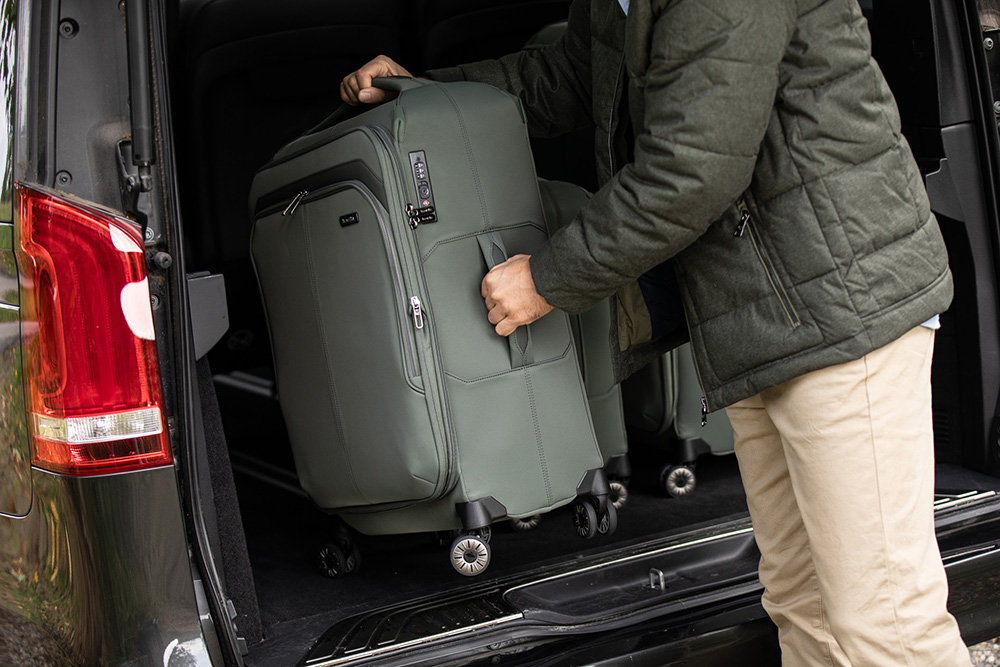
Loading your car correctly is crucial for a safe and comfortable long car journey. A well-loaded vehicle ensures stability, reduces the risk of accidents and increases driving comfort. We give you some practical tips on how to load your car optimally.
Place heavy items at the bottom and front
Start with the heaviest items such as large suitcases and place them as far down and to the front of the trunk as possible. This helps to keep the car's center of gravity low and improve driving stability. It also reduces the risk of the vehicle tipping over during abrupt maneuvers.
Even distribution
Make sure that the weight is evenly distributed on both sides of the car. An uneven load can have a negative impact on handling and lead to a dangerous lean angle, especially when cornering or during sudden evasive maneuvers.
Securing luggage
Make sure that all items are well secured to prevent them from shifting during sudden braking maneuvers or cornering. Use lashing straps or luggage nets to secure suitcases, travel bags and backpacks and keep the load secure.
Consider the view
Load your car so that the rear view is not restricted by the rear-view mirror. Do not overload the trunk and make sure that the field of vision remains clear to ensure a safe and comfortable journey.
Use of roof boxes
If additional storage space is required, a roof box can be a good solution. Make sure that the roof box is mounted correctly and that the weight is evenly distributed. Do not overload the roof box and adhere to the maximum permissible roof load of your vehicle so as not to impair driving safety.
Keep the interior tidy
Store smaller items safely in the interior. Use the storage compartments in the doors, the center console and the glove compartment to stow loose items. Avoid placing heavy objects on the rear seat bench, which could be thrown forward in the event of an accident and pose a hazard.
Observe load limits
Make sure that you do not exceed the maximum permissible load of your vehicle. You can find this information in the owner's manual. Overloading can impair vehicle control and lead to dangerous situations, so it is important to keep within the limits.
With these tips, your next long car journey is guaranteed to be a pleasure. Are you still missing the right luggage for your next vacation by car? Then take a look at our hard-shell cases and soft luggage. You can find tips for long flights here. We wish you a safe journey!
Long car journeys can be exciting and full of anticipation for the destination, but they also bring challenges - especially when the whole family is on board. Tiredness, boredom and discomfort can quickly dampen the mood. But don't worry, with the right tips for long car journeys, your journey will not only be more bearable, but also a real pleasure for the whole family. In this article, we share valuable advice to help you enjoy the journey in a relaxed and happy mood. From planning and catering to entertainment ideas - we'll show you how to get to your destination safely and happily. So buckle up, sit back and look forward to a great journey!
What you should bear in mind on long car journeys
Long car journeys can be a wonderful opportunity to discover new places, spend time with the family and get away from it all. But to make the journey enjoyable and stress-free, there are a few important things you should bear in mind. Here are the best tips to make your long car journey a relaxed and safe experience.
- Good planning is everything
Careful preparation is the key to a successful long car journey:
- Map out your route: use navigation systems and apps to find the best route and avoid traffic jams. Plan alternative routes in case there are traffic delays en route.
- Vehicle check: Check your car's tire pressure, oil level, brakes and lights before setting off. A well-maintained vehicle is safer and more comfortable.
- Plan breaks: Regular breaks are important to recover and maintain concentration. Plan a stop every two hours to get some fresh air and stretch.
- Comfort during the journey
During long car journeys, it is important that all passengers are seated comfortably:
- Correct seating position: make sure that the seat is correctly adjusted to ensure a safe and relaxed seating position. Children should travel safely in a child seat appropriate to their age, height and weight. For slightly older children who no longer need a child seat, there are, for example, suitable side sections for the headrests, which are also useful for longer journeys. This allows them to lean their head back and relax while enjoying the ride.
- Comfortable clothing: Wear loose and comfortable clothing that is not restrictive. This provides additional comfort during the ride.
- Neck and lumbar cushions: Use the neck and lumbar cushions to prevent tension and relieve back strain.
- Entertainment for the whole family
Long journeys can quickly become boring, especially for children. Keep them entertained and in a good mood:
- Music and audio books: create a playlist with your favorite songs or download exciting audio books. This will make the time fly by.
- Travel games: Classic games such as "I see what you don't see" or word games can provide lots of fun and distraction.
- Tablets and books: Download movies, series and games on tablets and pack books and comics to keep the kids entertained.
- Food for the journey
Good food is essential for a pleasant journey:
- Healthy snacks: pack healthy snacks such as fruit, nuts, vegetable sticks and sandwiches. They are not only tasty, but also nutritious.
- Drink enough: Take enough water with you to stay hydrated. Unsweetened drinks such as tea or juice spritzers are also a good choice.
- Picnic breaks: Plan picnic breaks to get some fresh air and enjoy the ride.
- Safety first
Safety should always come first:
- Vehicle equipment: Make sure that your vehicle is well equipped. This includes a first aid kit, high-visibility vests, a warning triangle and a flashlight.
- Emergency numbers: Make a note of important emergency numbers and keep them to hand. In the event of an accident or breakdown, you can call for help quickly.
- Observe rest periods: Take turns driving or take breaks in good time to avoid fatigue. This will keep you all safe and alert.
What is the maximum amount of time you should drive in one go?
Experts recommend taking a break of at least 15 minutes every two hours to avoid fatigue and health problems. The total daily driving time should not exceed eight hours. During the journey, look out for signs of tiredness such as frequent yawning, heavy eyelids and concentration problems. If you experience these symptoms, take an immediate break. Take breaks to move around, get some fresh air and eat light snacks. If possible, share the driving time with a passenger to reduce the strain.
Loading your car correctly for long car journeys: here's how

Loading your car correctly is crucial for a safe and comfortable long car journey. A well-loaded vehicle ensures stability, reduces the risk of accidents and increases driving comfort. We give you some practical tips on how to load your car optimally.
Place heavy items at the bottom and front
Start with the heaviest items such as large suitcases and place them as far down and to the front of the trunk as possible. This helps to keep the car's center of gravity low and improve driving stability. It also reduces the risk of the vehicle tipping over during abrupt maneuvers.
Even distribution
Make sure that the weight is evenly distributed on both sides of the car. An uneven load can have a negative impact on handling and lead to a dangerous lean angle, especially when cornering or during sudden evasive maneuvers.
Securing luggage
Make sure that all items are well secured to prevent them from shifting during sudden braking maneuvers or cornering. Use lashing straps or luggage nets to secure suitcases, travel bags and backpacks and keep the load secure.
Consider the view
Load your car so that the rear view is not restricted by the rear-view mirror. Do not overload the trunk and make sure that the field of vision remains clear to ensure a safe and comfortable journey.
Use of roof boxes
If additional storage space is required, a roof box can be a good solution. Make sure that the roof box is mounted correctly and that the weight is evenly distributed. Do not overload the roof box and adhere to the maximum permissible roof load of your vehicle so as not to impair driving safety.
Keep the interior tidy
Store smaller items safely in the interior. Use the storage compartments in the doors, the center console and the glove compartment to stow loose items. Avoid placing heavy objects on the rear seat bench, which could be thrown forward in the event of an accident and pose a hazard.
Observe load limits
Make sure that you do not exceed the maximum permissible load of your vehicle. You can find this information in the owner's manual. Overloading can impair vehicle control and lead to dangerous situations, so it is important to keep within the limits.
With these tips, your next long car journey is guaranteed to be a pleasure. Are you still missing the right luggage for your next vacation by car? Then take a look at our hard-shell cases and soft luggage. You can find tips for long flights here. We wish you a safe journey!






















